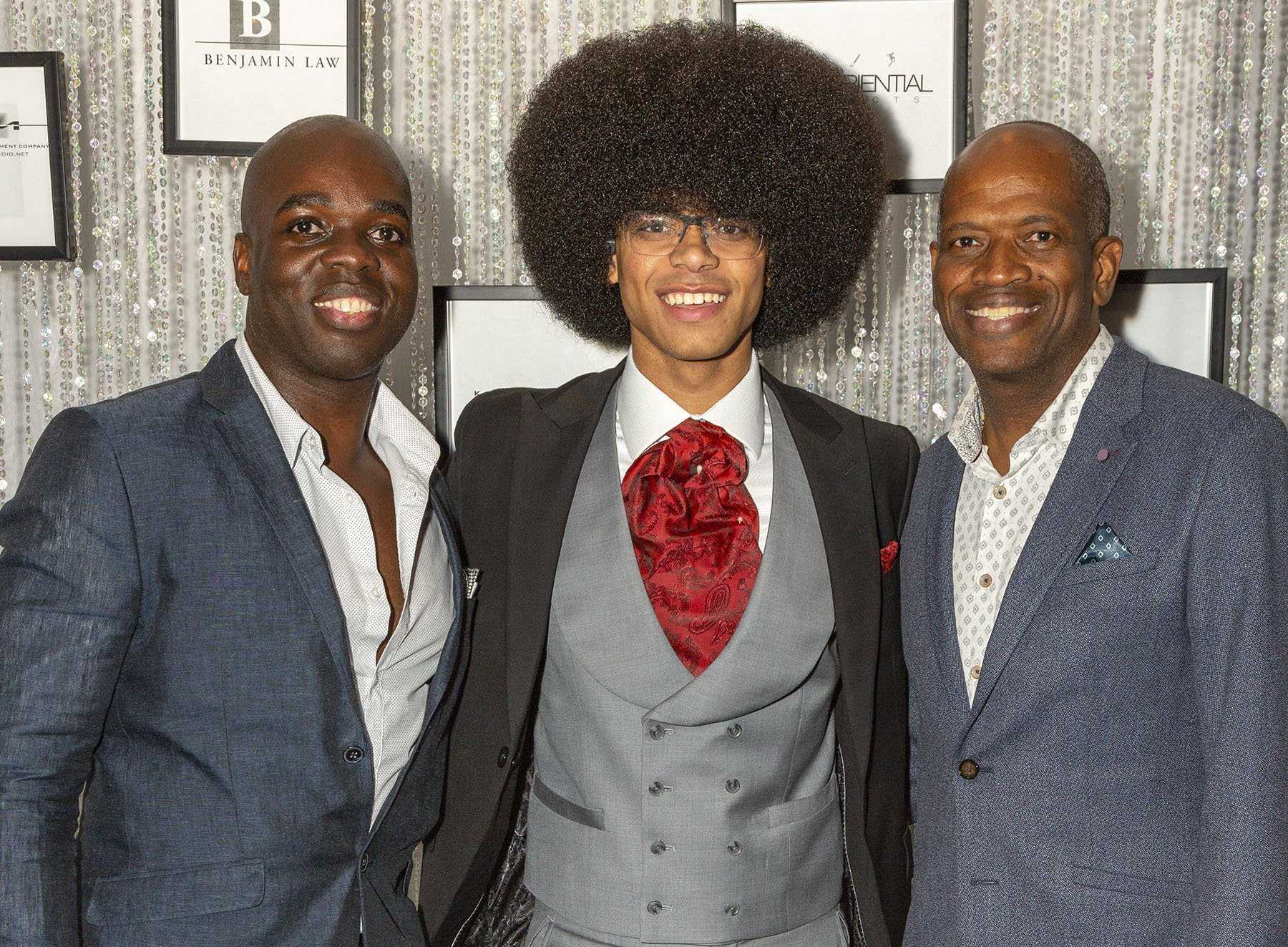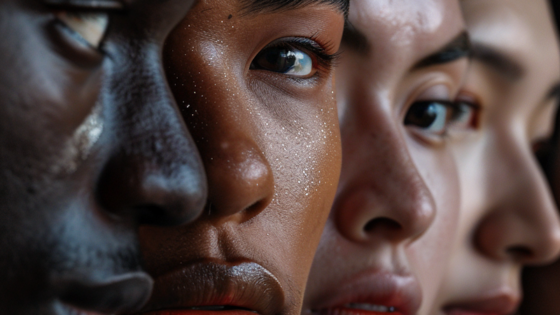on
BY: ALYSSA MAHADEO
It’s amazing to see the kindness people will show a complete stranger.
On Thursday, August 2nd at Aqua Dolce Restaurant in Toronto the community came together for a pre-carnival event, Sunset and Cocktails, hosted by Shawn Cuffie and his team DLM Entertainment.
The event organized by DLM and sponsored by Anthony Benjamin, of Benjamin Law was a social event to kick off the weekend as well as encourage the community to come out to network and help contribute to the dream of one young man.
At only 17-years-old young trumpeter William Leathers has managed to secure a spot at Juilliard one of the most prestigious music schools in North America.
The school is known for its highly competitive and prestigious arts programs in dance, acting, and music. At any given time, there are only about 800 students from 42 countries enrolled.
William Franklyn Leathers was born and raised in Toronto, Ontario, Canada. Since the age of 4, William has been a performer of the musical arts as a young pianist, and at the age of 12, he became the youngest trumpeter accepted into the Toronto Symphony Youth Orchestra, as well as the Halton Mississauga Youth Orchestra.
“One of my family friends Andray Domise who’s a freelance writer saw my announcement on Facebook that I had gotten into Juilliard and he knew that it was going to be kind of a struggle with the money,” William recalls. “He contacted my mom to find out how he could help and he set up a funding campaign in my honor.”
The tuition cost for Juilliard is $71,000 US dollars per year for four years, which comes out to roughly $91,000 every year in Canadian dollars.
William comes from a musical background, his father Howard Leathers is a gifted, multi-talented Canadian trumpet player and singer. He specializes in multiple musical genres from big band, jazz and classical to world music forms such as West Indian, Bollywood and Moroccan.
“I started playing when I was 4, I saw the cartoon Oswald the Octopus that plays piano,” William shares. “I wanted to play because of it, and I asked my mom for about 6 months before she was eventually able to get me into lessons.”
He shares that since his father played the trumpet it was also something he wanted to do his whole life, but had to wait till his teeth came in.
“My dad showed me a few notes when I was 6, and then I got my own trumpet for Christmas when I turned 7 and that’s when the work really started.”
In addition to school, William would attend private lessons to practice his skills and learn the correct techniques to play different pieces moving at his own pace. His father taught him the trumpet until the age of 12 when he decided that he wanted to play more orchestral and classical music and went on to study under his middle school teacher who was the principal trumpet of the Guelph Symphony at the time.
“It’s been about 10 years of real work,” William explains. “The past 5 years has been prep for Juilliard.”
When it came time to apply for University, William says his mom was knowledgeable on all the names of the schools he needed to apply to. Through some extra work and research, they narrowed it down to a few schools they thought would be a good fit for him to continue his musical career.
“I auditioned at Juilliard, Eastman, Curtis, and Glenn Gould Music School in Toronto,” William says. “With all of the preparation I did I kind of expected that acceptance to Juilliard would come in, but I didn’t know that I was one of three undergrads that got into the program and that was the shocking part.”
As expected the audition process consists of pre-screening to ensure all applicants are up to Julliard’s high professional performance standards. “For my audition, I played a piece that showed off technique and sound quality that’s what they really want to hear the sound of the trumpet when you play.”
For William getting accepted to Juilliard is really a dream come true, and this opportunity is one he can’t miss. Thanks to the crowdfunding efforts of the community, he has been able to raise enough money to cover his freshman year at the prestigious school.
Although he received some scholarship money from Juilliard, William isn’t eligible for a majority of Canadian scholarships since he’s going to a school outside the country. While he reached his goal for this year, he still has much more to raise, as the entire four-year program is expected to cost $364,000.
“The response from the community has been overwhelming, so many people have reached out to offer their support,” William shares honored to be recognized for his work.
Although he is struggling to pay his own tuition the young trumpeter already wants to help others who are struggling to find a way to pay for school. He plans to use 10% of what he’s raised so far to create a foundation to help other young artists. If he is able to cover his entire school expenses, William plans to give the remainder of what’s raised to the foundation.
His ambitions don’t stop at Juilliard. “I want to graduate from the program, and then I want to do my Masters and Ph.D., and potentially pursue a career as a soloist,” William says. “I have so many people who don’t even know me supporting me and it’s a really great feeling, I am very grateful to them all.”
William Leathers GoFundMe Page is available online and still accepting donations to help him pay his tuition costs for the next 4 years. He will be leaving for his first year on August 23rd in time to get settled for the new school year. Any additional money raised will go to a Foundation to help other young artists like William achieve their dreams. To donate to this campaign gofundme.com/williamleathers.
Stay in the loop with exclusive news, stories, and insights—delivered straight to your inbox. No fluff, just real content that matters. Sign up today!
Bac & All Festival












